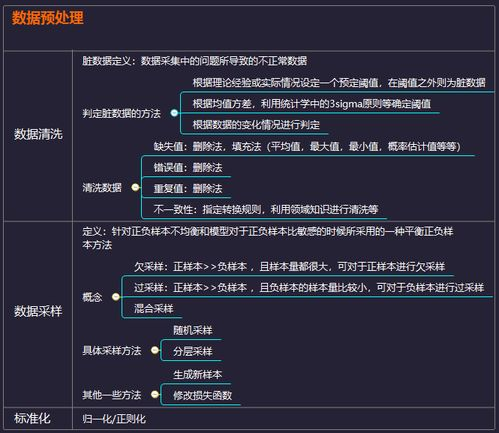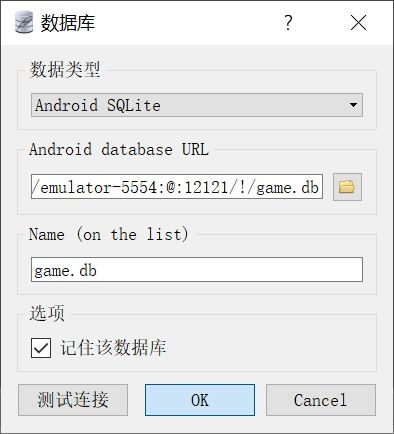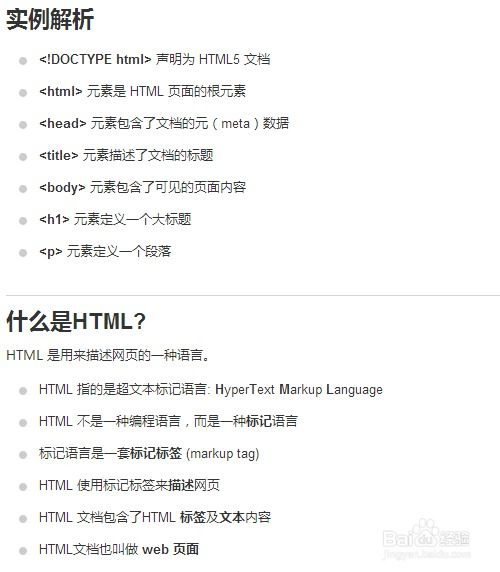ASP.NET SQL Employee Information Management System: Building an Efficient Database Solution
Understanding ASP.NET and SQL Server
ASP.NET is a powerful framework developed by Microsoft for building dynamic web applications. It allows developers to create robust and scalable applications using technologies such as C# or VB.NET. SQL Server, an integral part of Microsoft's data management solutions, is used for storing and retrieving large volumes of structured data efficiently.
In the context of an employee information management system, ASP.NET provides the front-end interface while SQL Server serves as the back-end database. The integration of these technologies allows for seamless interactions between the user interface and the database, enabling users to perform various operations such as adding, updating, deleting, and searching for employee records smoothly.
Key Features of the Employee Information System
When developing an employee information management system, several essential features should be included:
- User Authentication: Ensure that only authorized personnel can access employee data.
- Add/Update/Delete Employee Records: Enable users to manage employee information effectively.
- Search Functionality: Implement search filters that allow users to find employees by different criteria like name, department, or title.
- Reporting Tools: Generate reports to provide insights into employee data such as headcounts, department statistics, and more.
- Data Validation: Ensure that data entered into the system meets specific criteria to maintain integrity.
The combination of these features creates a user-friendly system capable of handling various aspects of employee management, leading to improved productivity and organization.
Implementing the System
To implement an employee information management system using ASP.NET and SQL Server, follow these steps:
- Set up the Development Environment: Install Visual Studio, create a new ASP.NET Web Application project, and connect to SQL Server.
- Create the Database: Design the database schema in SQL Server, including tables like Employee, Departments, and Roles.
- Develop the User Interface: Build responsive web forms that allow users to interact with the system.
- Implement Business Logic: Write C# code to handle data operations, validations, and business rules.
- Test the Application: Perform multiple tests to ensure functionalities work as intended, fixing any bugs that arise.
Following this structured approach ensures the development of a scalable and maintainable employee information management system.
In conclusion, developing an ASP.NET SQL employee information management system requires a solid understanding of both ASP.NET and SQL Server. By focusing on essential features and following a systematic approach, organizations can create an efficient tool for managing employee data, ultimately leading to enhancements in productivity and operational efficacy.





